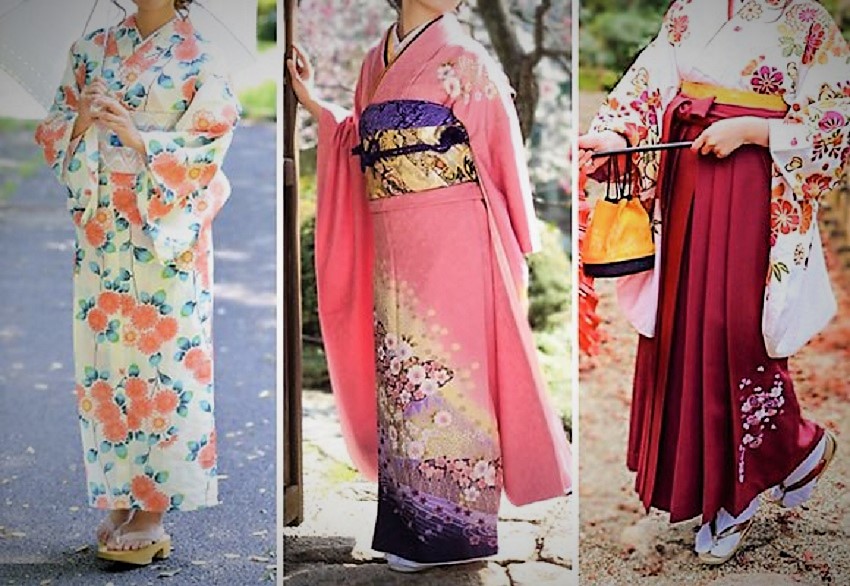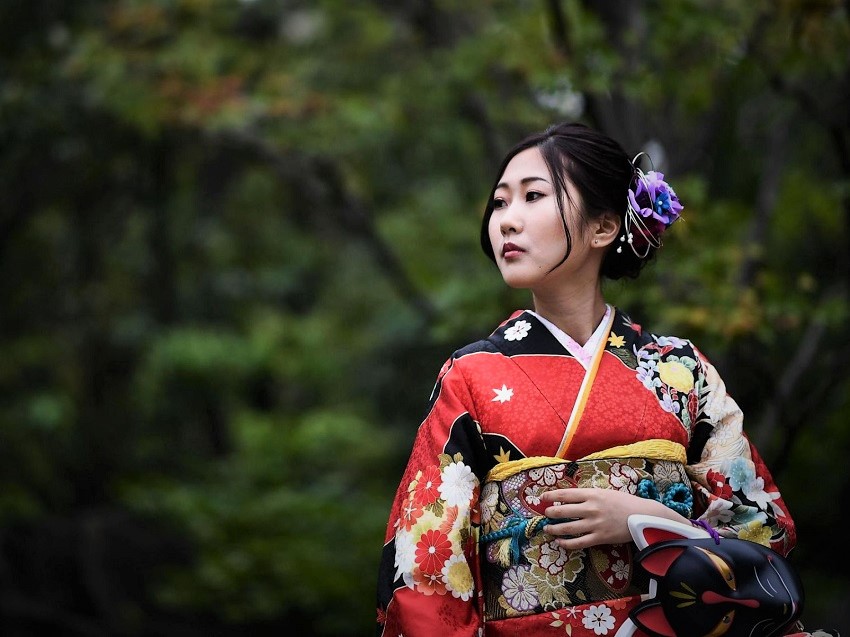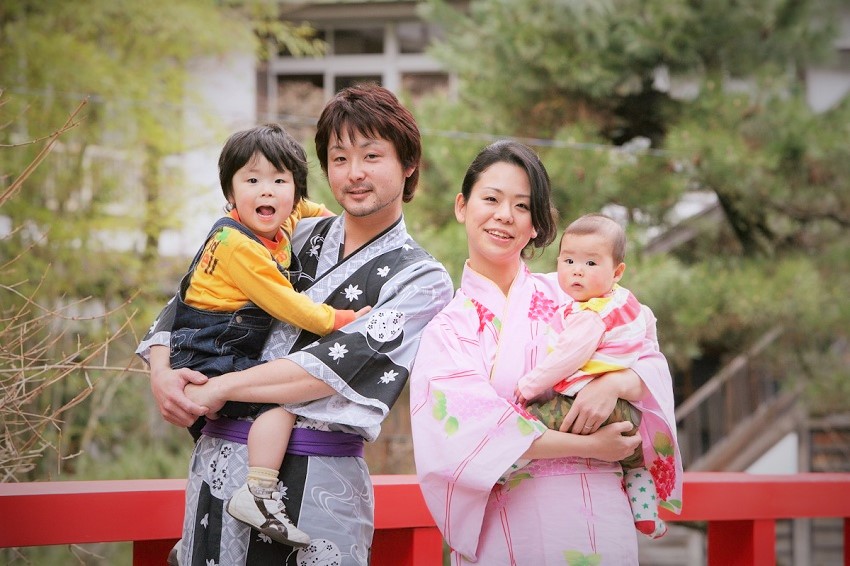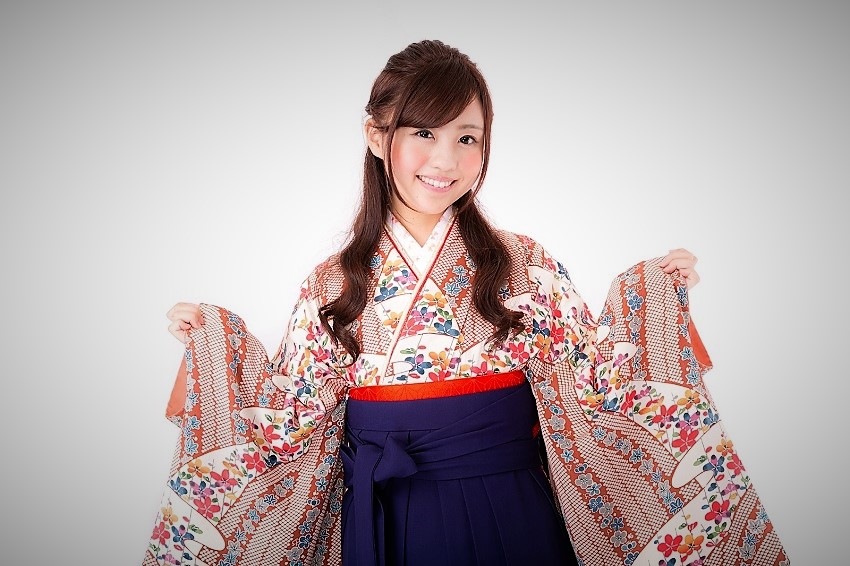The fascinating world of traditional Japanese clothing presents us with many options, each with its unique charm and cultural significance. Among the most popular choices are the kimono, yukata, and hakama. These garments reflect Japan’s rich history and heritage and captivate people’s hearts worldwide. In this article, we will delve into the intricacies of Kimono vs Yukata vs Hakama, understanding their origins, exploring their differences, and comparing their various attributes.
Understanding Kimono
Definition and Origin
The kimono is a traditional Japanese garment known for its elegant and timeless appeal. The term “kimono” translates to “thing to wear” in Japanese, highlighting its central role in the country’s attire. Originating from the Heian period (794-1185), the kimono has evolved over centuries, adapting to different social and cultural changes.
Types of Kimono
Kimono comes in various types, each with its distinct purpose and design. Furisode, the most formal type, is often worn by young, unmarried women during special occasions. Tomesode, on the other hand, is reserved for married women and features elegant patterns on the sleeves and bottom. Additionally, there are informal types like Komon, with repeated patterns, and Tsukesage, which combines formal and informal elements.
Significance and Cultural Importance
Beyond being a mere garment, the kimono carries immense cultural significance in Japanese society. It represents tradition, formality, and attention to detail. Wearing a kimono is seen as a way to honor and preserve Japan’s cultural heritage. It is often worn during weddings, tea ceremonies, and other ceremonial events, serving as a visual testament to the country’s rich history.
Exploring Yukata
Definition and Origin
Yukata, a lightweight and casual version of the kimono, is a popular choice during the summer months and festive occasions in Japan. The term “yukata” translates to “bathing clothes” as it was originally worn as a bathrobe. Over time, yukata became a fashionable garment, especially during summer festivals and firework displays.
Differences from Kimono
While yukata shares similarities with kimono in terms of style and structure, there are notable differences between the two. Yukata is made from lighter cotton fabric, making it suitable for warmer weather. It also features bolder and more vibrant patterns compared to the formal kimono. Additionally, yukata is typically easier to wear, as it requires fewer layers and accessories.
Occasions for Wearing Yukata
Yukata is commonly worn during summer festivals, known as “matsuri,” where people gather to celebrate and enjoy traditional Japanese culture. These festivals create a vibrant atmosphere, with individuals adorning their yukata while indulging in street food, participating in games, and watching fireworks. Yukata is also worn in hot spring resorts, providing a comfortable and stylish option for relaxation.
Unveiling Hakama
Definition and Purpose
Hakama is a wide-legged skirt-like garment worn over a kimono, typically by men. It originated in ancient Japan as a practical attire for horseback riding and samurai warriors. Over time, hakama evolved to be associated with formality and tradition, finding its place in various aspects of Japanese culture.
Distinctions from Kimono and Yukata
Hakama stands apart from kimono and yukata due to its distinct style and purpose. It features pleats and a unique wrap-around design, giving it a more voluminous appearance. Unlike kimono and yukata, hakama is mainly worn on formal occasions such as ceremonies, martial arts demonstrations, and traditional dances. It exudes a sense of elegance and dignity.
Traditional and Contemporary Uses
While hakama traditionally belonged to the realm of men’s attire, it has also found its way into women’s fashion. Today, women can be seen wearing hakama for certain martial arts practices or as part of a modernized ensemble. This fusion of traditional and contemporary elements showcases the adaptability and versatility of hakama as a garment.
Kimono vs. Yukata vs. Hakama: Comparisons
Fabric and Design
Kimono is typically made from silk, showcasing its luxurious nature, while yukata is made from lightweight cotton. Hakama, on the other hand, is usually crafted from heavier fabric such as wool or polyester. When it comes to design, kimono features intricate patterns, often hand-painted or woven, reflecting the wearer’s personal style and status. Yukata’s patterns are more vibrant and bold, with motifs inspired by nature, fireworks, and traditional symbols. Hakama, in contrast, is solid in color, allowing it to be paired with various kimono styles.
Structure and Construction
Kimono and yukata share a similar structure, consisting of a T-shaped robe with wide sleeves, which are secured by an obi belt. Hakama, on the other hand, consists of a wide skirt-like garment with pleats and straps that tie around the waist. While kimono and yukata are worn by wrapping the fabric around the body and securing it with the obi, hakama is worn by stepping into the garment and adjusting the straps.
Occasions and Formality
Kimono is associated with formal occasions, such as weddings, tea ceremonies, and coming-of-age ceremonies. Yukata, on the other hand, is considered more casual and is worn during summer festivals and informal gatherings. Hakama is reserved for formal events, including martial arts demonstrations, traditional dances, and certain ceremonies. It symbolizes respect and adherence to tradition.
Accessorizing and Styling
Kimono allows for a wide range of accessories and styling options. Obi belts, kanzashi hairpins, and decorative cords called obijime are used to complement and enhance the overall look. Yukata is typically accessorized with a wide belt called an obi, geta sandals, and a small purse known as kinchaku. Hakama, being a garment worn with a kimono, requires minimal accessories, with the focus primarily on the hakama itself.
Which One Should You Choose?
Factors to Consider
When deciding between kimono, yukata, and hakama, several factors come into play. Consider the occasion, weather, and personal style preferences. Formal events call for the grace and elegance of a kimono, while summer festivals and casual gatherings lend themselves well to the vibrant and breezy yukata. Hakama, with its dignified presence, suits formal ceremonies and traditional practices.
Personal Style and Preference
Ultimately, your personal style and preference should guide your choice of attire. Experiment with different fabrics, patterns, and colors to find what resonates with you. Embrace the beauty and uniqueness of each garment, allowing it to reflect your individuality.
Occasion and Setting
The nature of the event or setting should also influence your decision. Consider the formality and cultural context. If attending a wedding or formal ceremony, a kimono or hakama would be fitting choices. For a summer festival or a relaxed gathering, a yukata would bring a sense of fun and vibrancy.
Conclusion
In the realm of traditional Japanese attire, the kimono, yukata, and hakama reign supreme, each offering a glimpse into Japan’s rich cultural heritage. The kimono embodies elegance and tradition, the yukata brings a touch of casual charm, and the hakama exudes dignity and formality. Whether it’s for a wedding, festival, or martial arts demonstration, these garments allow individuals to express their personal style while paying homage to the traditions that have shaped Japanese fashion.
Intriguingly diverse yet inherently intertwined, the kimono, yukata, and hakama symbolize the fusion of the past and present, capturing the essence of Japan’s sartorial legacy. So, the next time you find yourself captivated by the allure of Japanese attire, immerse yourself in the world of kimono, yukata, and hakama, and let these remarkable garments transport you to a realm where beauty, tradition, and individuality intertwine.






